1. Chicago, Illinois

Chicago has been grappling with significant population loss, with over 8,200 residents departing in 2023 alone. Contributing factors include high crime rates, rising living costs, and a challenging business environment. The city’s public schools have also faced challenges, leading families to seek better educational opportunities elsewhere. Despite efforts to revitalize certain neighborhoods, many residents continue to relocate in search of improved quality of life.
People aren’t leaving the city entirely; many are moving to the suburbs or smaller nearby towns. They’re looking for more space, lower costs, and a calmer pace of life. This trend is especially noticeable among young families and professionals who still want access to city amenities but without the daily stress. The result is a population shift that leaves certain Chicago neighborhoods noticeably quieter than they once were.
2. Detroit, Michigan
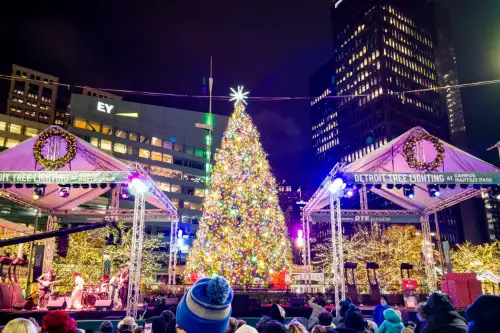
Detroit’s population decline has been ongoing for decades, with the city losing over 60% of its residents since the 1950s. Factors such as economic downturns, high unemployment rates, and urban decay have contributed to this trend. The city’s infrastructure has struggled to keep up with its reduced population, leading to further disinvestment. While there have been efforts to revitalize downtown areas, many neighborhoods remain underdeveloped and unattractive to potential residents.
This exodus is often toward suburban towns or other states entirely, where housing is cheaper and jobs are more plentiful. People want a community with better infrastructure, safer streets, and reliable schools for their kids. The move is also influenced by the city’s lingering perception issues. Despite Detroit’s historic charm and culture, practical concerns keep driving people away.
3. Cleveland, Ohio
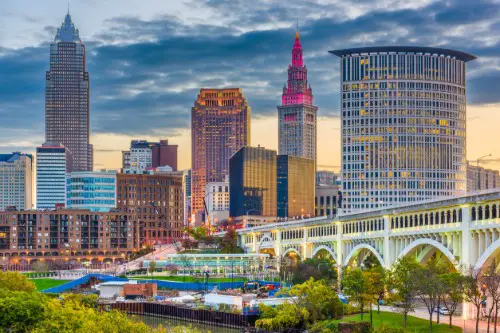
Cleveland has experienced a steady population decline due to factors like job losses in manufacturing industries and high crime rates. The city’s economic base has declined, leading to job losses and economic challenges. High crime rates and concerns about public safety have also contributed to the exodus. While downtown Cleveland has experienced some revitalization, many neighborhoods still face economic and social challenges.
Residents leaving Cleveland often choose suburbs or other nearby cities with growing economies. They’re drawn to areas with better schools, safer streets, and more recreational options. These moves tend to reflect a desire for stability and quality of life improvements. Even as Cleveland invests in arts and downtown revitalization, population shifts continue.
4. St. Louis, Missouri
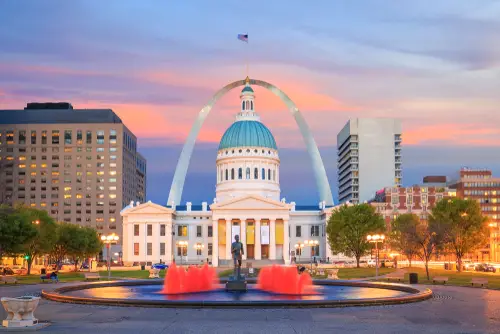
St. Louis has seen a decline in population as residents move to suburban areas in search of better schools and job opportunities. The city’s crime rate has been a concern for residents, leading some to seek safer communities. Additionally, the loss of manufacturing jobs and the decline of the steel industry have impacted the local economy. Despite ongoing revitalization efforts, many areas of the city continue to experience population loss.
Those leaving St. Louis often head to suburban communities that promise safety and growth. Families are looking for more affordable homes and better school systems. Job seekers are moving toward areas with expanding industries like tech and healthcare. This migration reshapes the region, with inner-city areas seeing fewer young families.
5. Gary, Indiana
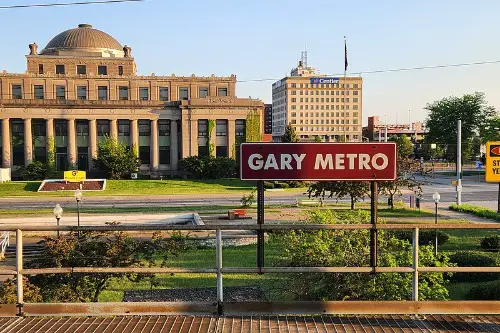
Gary, Indiana, has experienced significant population loss due to the collapse of the steel industry. The city’s economic downturn led to widespread job losses, causing many residents to seek employment elsewhere. High crime rates and urban decay have further contributed to the city’s decline. Despite efforts to revitalize certain areas, Gary continues to face challenges in attracting new residents.
The exodus from Gary often leads residents to suburban areas or other cities with more economic opportunities. People are seeking safer environments, better schools, and improved living conditions. The decline in population has also led to a decrease in municipal revenue, making it harder for the city to fund necessary services. As a result, Gary faces ongoing challenges in reversing its population decline.
6. Flint, Michigan
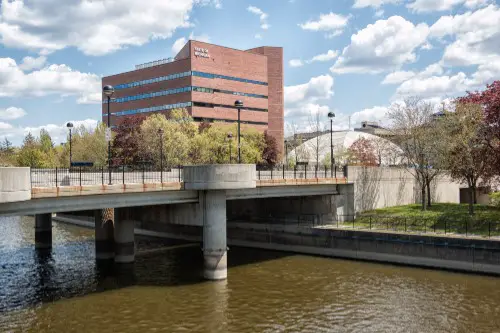
Flint, Michigan, became infamous for its water crisis, which severely impacted the city’s population and reputation. The contamination of the city’s water supply led to widespread health issues and a loss of trust in local government. Many residents left Flint in search of safer living conditions and better public services. The city’s population has declined significantly since the crisis, and recovery efforts continue.
Those leaving Flint often move to nearby cities or suburban areas with more reliable infrastructure and services. Families are particularly concerned about access to clean water and quality healthcare. The water crisis has also had long-term economic effects, with businesses hesitant to invest in the city. Despite ongoing efforts to address these issues, Flint’s population continues to face challenges.
7. Camden, New Jersey
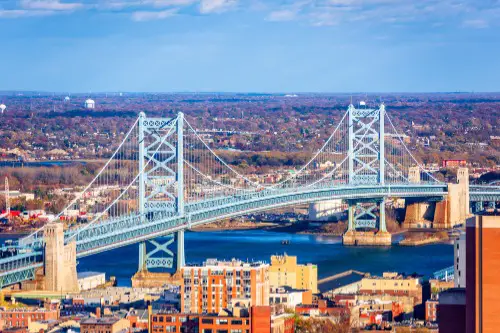
Camden, New Jersey, has struggled with high crime rates, poverty, and a declining industrial base, leading to significant population loss. The city’s economic challenges have resulted in limited job opportunities and a decrease in municipal services. High crime rates have made some neighborhoods less attractive to potential residents. Despite efforts to revitalize certain areas, Camden continues to face challenges in reversing its population decline.
Residents leaving Camden often move to suburban areas or other cities with better economic prospects and safety. They seek communities with more job opportunities, better schools, and improved living conditions. The decline in population has also led to a decrease in tax revenue, making it harder for the city to fund necessary services. As a result, Camden faces ongoing challenges in attracting and retaining residents.
8. Baltimore, Maryland
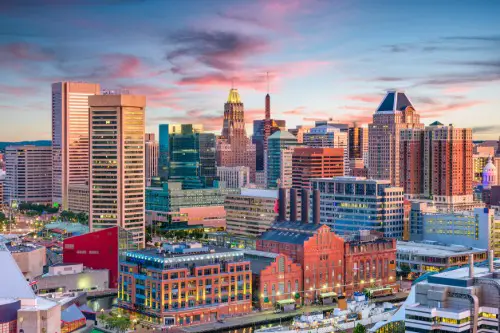
Baltimore, Maryland, has experienced a decline in population due to factors such as high crime rates, economic challenges, and urban decay. The city’s crime rate has been a concern for residents, leading some to seek safer communities. Economic challenges, including job losses in certain industries, have also contributed to the population decline. Despite efforts to revitalize certain areas, many neighborhoods continue to experience disinvestment.
Those leaving Baltimore often move to suburban areas or other cities with more economic opportunities and safety. Families are looking for communities with better schools, lower crime rates, and improved living conditions. The decline in population has also led to a decrease in municipal revenue, making it harder for the city to fund necessary services. As a result, Baltimore faces ongoing challenges in reversing its population decline.
1. Austin, Texas

Austin, Texas, has experienced significant population growth, with a 5.1% increase from 2021 to 2023. The city’s robust economy, driven by the tech industry, has attracted professionals from across the country. Austin’s cultural scene, including live music and outdoor activities, adds to its appeal. The city’s relatively affordable housing compared to other tech hubs has also contributed to its growth.
Despite recent trends suggesting a slowdown in Austin’s growth due to high housing costs and slower job growth, the city remains a popular destination for newcomers. The influx of residents has led to increased demand for housing, prompting developers to build more homes and apartments. The city’s infrastructure is being expanded to accommodate the growing population, including improvements to transportation and public services. Austin’s reputation as a vibrant, innovative city continues to draw people seeking new opportunities.
2. Nashville, Tennessee
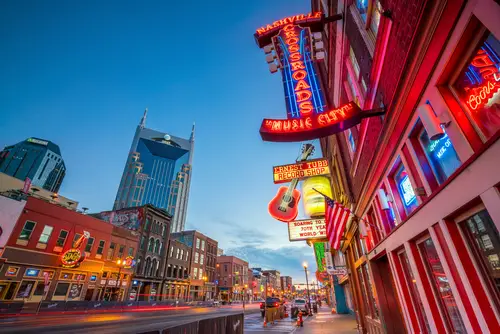
Nashville, Tennessee, has seen rapid population growth, with many people moving to the city for its thriving music industry and job opportunities. The city’s economy has diversified, attracting professionals in healthcare, education, and technology sectors. Nashville’s cultural attractions, including live music venues and a vibrant food scene, make it an appealing destination. The city’s relatively low cost of living compared to other major metropolitan areas adds to its attractiveness.
The influx of residents has led to increased demand for housing, prompting developers to build new homes and apartments. The city’s infrastructure is being expanded to accommodate the growing population, including improvements to transportation and public services. Nashville’s education system has also seen improvements, attracting families seeking quality schools. The city’s reputation as a dynamic, creative hub continues to draw people from across the country.
3. Raleigh, North Carolina
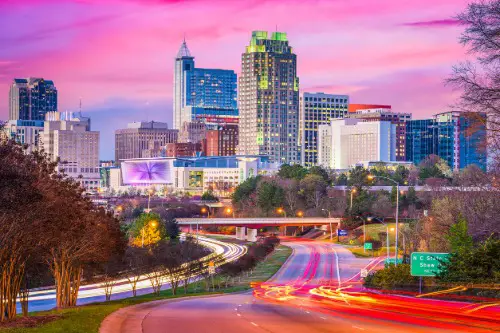
Raleigh, North Carolina, has experienced significant population growth, driven by the city’s strong economy and quality of life. The Research Triangle Park, one of the largest research parks in the world, has attracted professionals in technology, healthcare, and education sectors. Raleigh’s cost of living is relatively low compared to other tech hubs, making it an attractive destination for newcomers. The city’s education system is highly regarded, attracting families seeking quality schools.
The influx of residents has led to increased demand for housing, prompting developers to build new homes and apartments. The city’s infrastructure is being expanded to accommodate the growing population, including improvements to transportation and public services. Raleigh’s cultural scene, including museums, parks, and restaurants, adds to its appeal. The city’s reputation as a family-friendly, innovative community continues to attract people from across the country.
4. Charlotte, North Carolina

Charlotte, North Carolina, has seen rapid population growth, fueled by the city’s strong economy and job opportunities. The city’s financial sector, led by Bank of America and Wells Fargo, has attracted professionals from across the country. Charlotte’s cost of living is relatively low compared to other major metropolitan areas, making it an appealing destination for newcomers. The city’s education system has seen improvements, attracting families seeking quality schools.
The influx of residents has led to increased demand for housing, prompting developers to build new homes and apartments. The city’s infrastructure is being expanded to accommodate the growing population, including improvements to transportation and public services. Charlotte’s cultural attractions, including museums, theaters, and restaurants, add to its appeal. The city’s reputation as a business-friendly, dynamic community continues to draw people seeking new opportunities.
5. Phoenix, Arizona
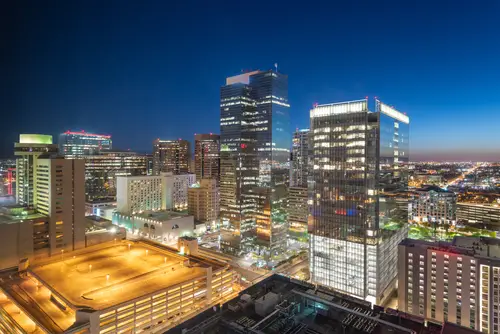
Phoenix, Arizona, has experienced significant population growth, driven by the city’s affordable cost of living and job opportunities. The city’s economy has diversified, attracting professionals in technology, healthcare, and education sectors. Phoenix’s warm climate and outdoor recreational opportunities make it an appealing destination for newcomers. The city’s housing market offers a range of options, from affordable homes to luxury properties.
The influx of residents has led to increased demand for housing, prompting developers to build new homes and apartments. The city’s infrastructure is being expanded to accommodate the growing population, including improvements to transportation and public services. Phoenix’s education system is being enhanced, attracting families seeking quality schools. The city’s reputation as an affordable, vibrant community continues to attract people from across the country.
6. Tampa, Florida
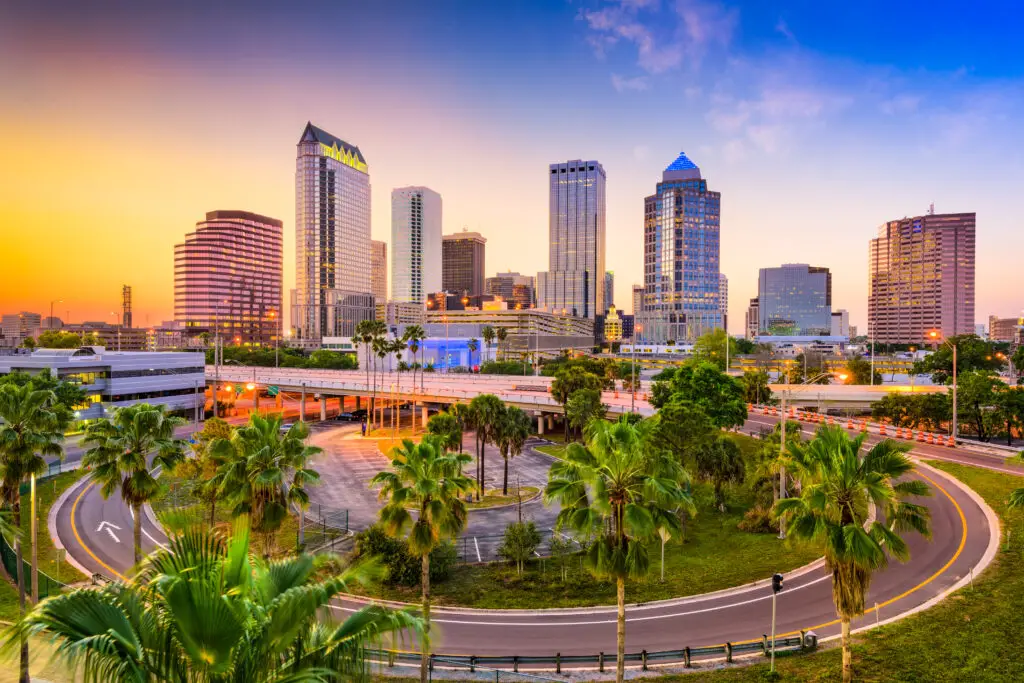
Tampa, Florida, has seen rapid population growth, fueled by the city’s strong economy and job opportunities. The city’s financial sector, along with industries in healthcare and technology, has attracted professionals from across the country. Tampa’s cost of living is relatively low compared to other major metropolitan areas, making it an appealing destination for newcomers. The city’s cultural scene, including museums, parks, and restaurants, adds to its appeal.
The influx of residents has led to increased demand for housing, prompting developers to build new homes and apartments. The city’s infrastructure is being expanded to accommodate the growing population, including improvements to transportation and public services. Tampa’s education system has seen improvements, attracting families seeking quality schools. The city’s reputation as a dynamic, family-friendly community continues to draw people seeking new opportunities.
7. Boise, Idaho
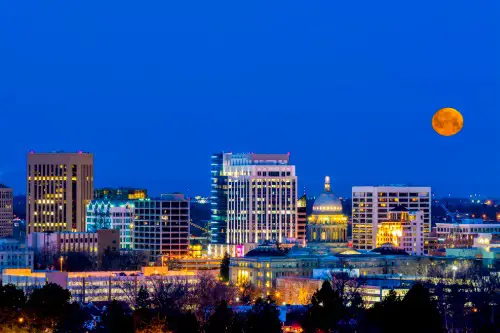
Boise, Idaho, has been attracting a wave of newcomers thanks to its mix of affordability, outdoor recreation, and a strong job market. People are drawn to the city’s mountains, rivers, and parks, which make it a haven for hiking, biking, and fishing enthusiasts. Its local economy has diversified beyond agriculture and tech, bringing in remote workers and small business owners alike. Families also appreciate Boise’s relatively low crime rates and highly rated schools compared with bigger cities on the coasts.
As more people move in, housing demand has risen, prompting new developments and some growing pains in infrastructure. Despite that, many newcomers say the quality of life still outweighs the downsides. Boise maintains a friendly, small-city vibe, which appeals to those fleeing urban congestion. Its reputation as a family-friendly, outdoor-oriented city keeps pulling people from more expensive or crowded regions.
8. Denver, Colorado

Denver, Colorado, continues to grow as a magnet for young professionals, outdoor lovers, and entrepreneurs. The city offers a strong job market in tech, healthcare, and finance, along with a lively cultural scene. Residents love the proximity to the Rockies, which allows for skiing, hiking, and mountain biking just a short drive away. Denver’s craft beer scene, music venues, and restaurants add to its urban charm without sacrificing access to nature.
Population growth has brought some challenges, particularly in housing affordability and traffic congestion. Still, the city’s appeal lies in its blend of career opportunities and lifestyle perks. Families are attracted to the city’s school options and safe, suburban-style neighborhoods nearby. Denver’s reputation as an active, progressive, and scenic city keeps attracting newcomers from across the country.
This post 8 Towns Americans Are Abandoning—and 8 They’re Flocking To Instead was first published on American Charm.


